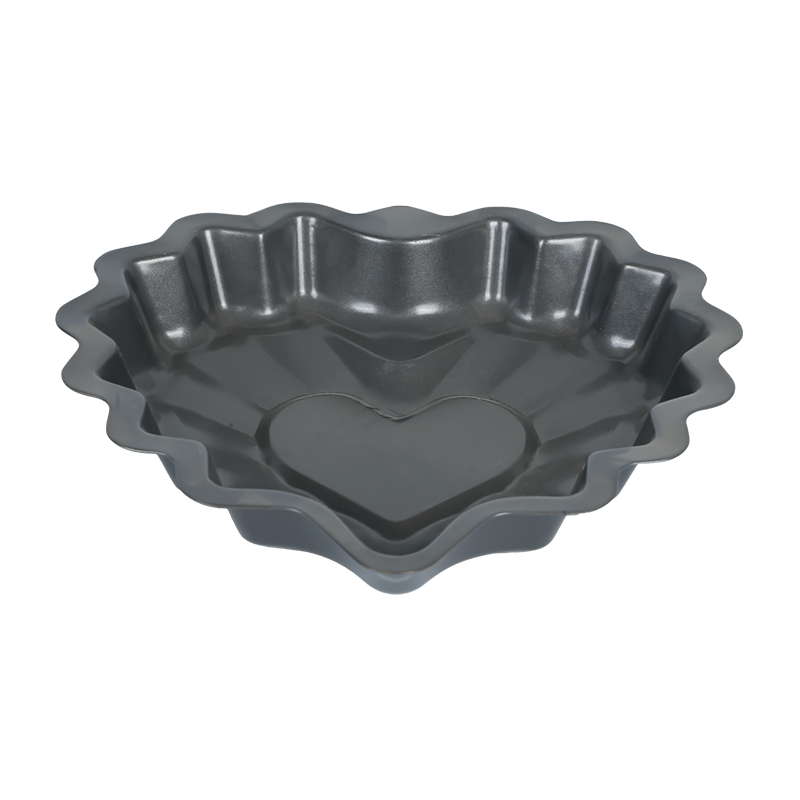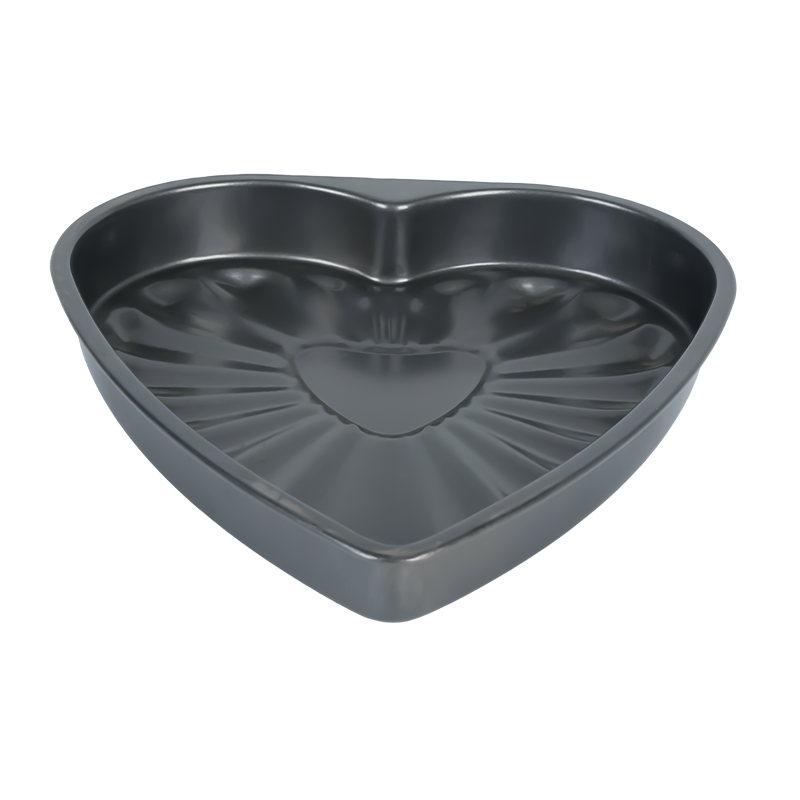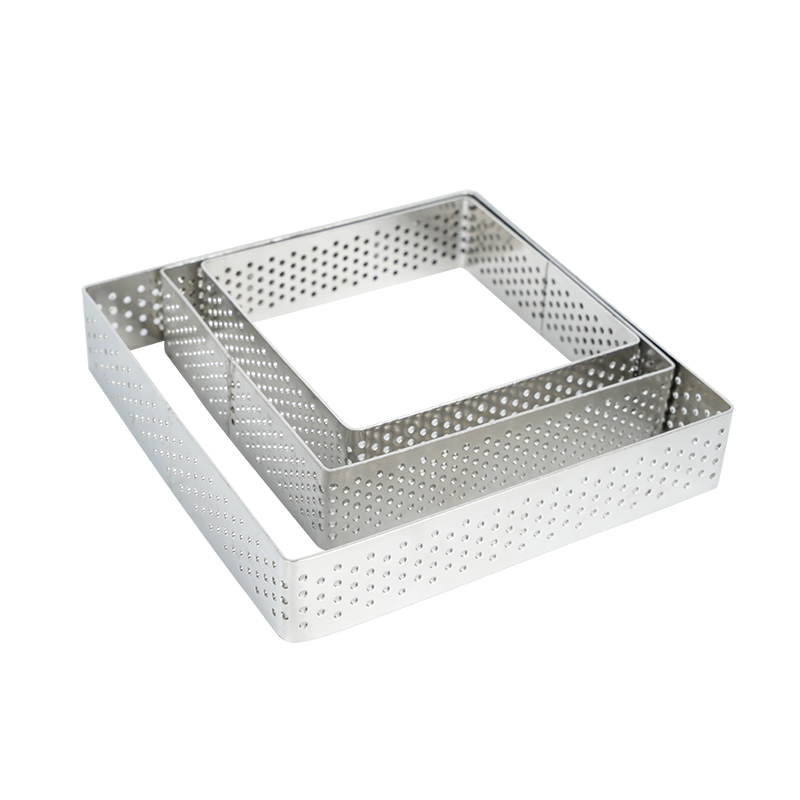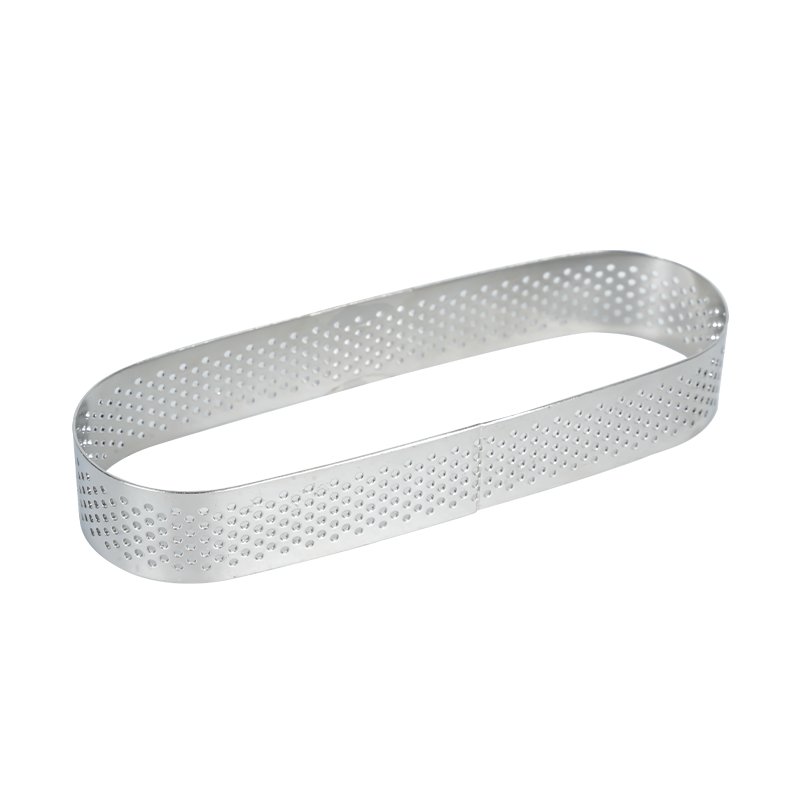The company relies on a high degree of brand awareness, fine product quality, convergence of multiple strong advertising media power, and through the integration of capital, knowledge, talent technology, channels, information operations.
Addressing the Concern of Hot Spots
When evaluating bakeware performance, one major question arises: Can carbon steel bakeware ensure even heat distribution and prevent localized burning? Many consumers and culinary professionals compare different materials like aluminum, stainless steel, and cast iron. In this context, products sourced from a professional Carbon Steel Bakeware Factory are often praised for durability, heat responsiveness, and overall cooking consistency. Understanding heat behavior, material structure, and product design helps clarify whether this bakeware can meet the demands of modern kitchens. Additionally, comparing it with other market options offered by more than one Carbon Steel Bakeware Factory provides a comprehensive view.

Thermal Conductivity and Material Benefits
Carbon steel is known for its thermal conductivity, meaning it heats quickly and efficiently. This rapid heat transfer contributes to a uniform temperature distribution across the cooking surface. Unlike stainless steel, which may develop hot spots unless layered with aluminum, carbon steel exhibits a more direct and controlled heating pattern. For tasks like roasting vegetables, baking bread, or preparing delicate pastries, even heat is essential to avoid burnt edges or undercooked centers. By using carbon steel bakeware, home bakers and chefs benefit from consistent browning, crust formation, and flavor development. Some bakeware specialists, including a reputable Carbon Steel Bakeware Factory, fine-tune the thickness and finish of the steel to further enhance even heat dispersion.
Design Features Enhancing Uniform Heating
Beyond the metal composition itself, design plays a critical role. Many manufacturers engineer their carbon steel pans with balanced wall and base thicknesses to promote smooth heat flow. The absence of unnecessary welds or uneven material layers reduces temperature variations. The shape of the bakeware—whether a sheet pan, loaf tin, or cake mold—also contributes to heating dynamics. Rounded corners, seamless joints, and wide rims are often incorporated to decrease the risk of heat concentration points. Even the surface treatment, such as pre-seasoning or non-stick coating, can help distribute heat evenly by reducing resistance between food and metal contact zones.
Real-World Performance in Baking and Cooking
Practical kitchen tests reveal that carbon steel excels in producing uniform colors and textures in baked goods. Bread develops a crisp, golden crust while retaining soft interiors. Cookies brown evenly without scorching. Sheet-pan meals, such as roasted potatoes or salmon with vegetables, cook consistently throughout. Unlike thinner aluminum pans that may warp under high heat and cause temperature imbalance, carbon steel remains structurally stable. This stability ensures predictable heat flow and reduces the risk of uneven cooking outcomes. Professional kitchens frequently rely on carbon steel because it delivers repeatable results under intense and continuous use.
Prevention of Localized Burning
Localized burning often results from inconsistent heat, poor heat contact, or overheating in specific zones. Carbon steel’s dense composition and well-designed form help reduce these issues. The metal’s ability to react quickly to temperature changes means cooks can adjust the heat to avoid burning more effectively. Additionally, when seasoned properly, carbon steel forms a natural non-stick layer that promotes smooth heat transfer and reduces sticking, which often causes burnt patches. Good technique also matters—preheating the bakeware, avoiding oversized flame contact on stovetops, and using proper oven rack placement all help improve carbon steel’s performance.
Care, Maintenance, and Longevity
To keep carbon steel performing, proper care is essential. Seasoning forms a protective layer that enhances heat distribution and prevents food adhesion. Hand-washing, drying, and re-applying a thin coat of oil after use help maintain its surface. With consistent maintenance, carbon steel becomes better over time, further reducing the risks of hot spots or burnt areas. The long lifespan of the material not only ensures reliable heating performance but also makes it an eco-friendly and cost-efficient choice for long-term kitchen investment.

 English
English русский
русский Español
Español



